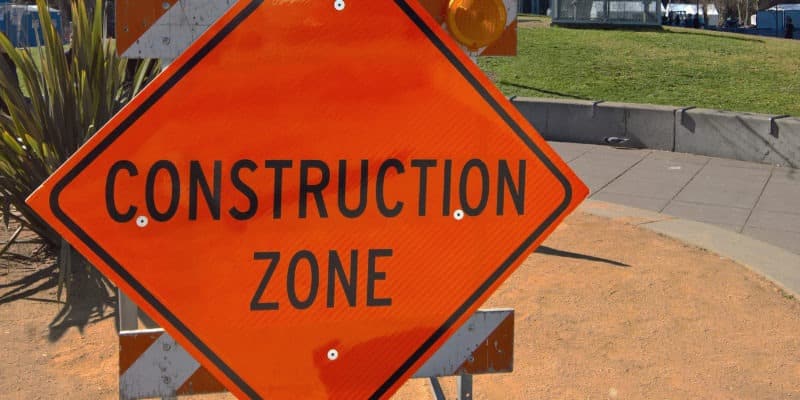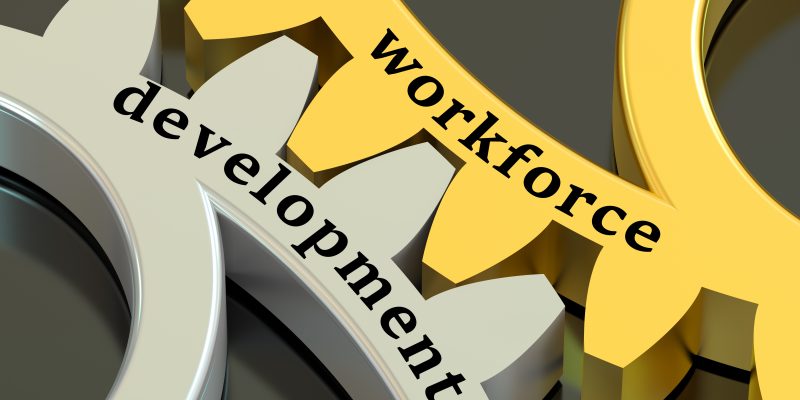Mark Ziegler
MARCH 30, 2022
Competition is the foundation of our free enterprise system.
Just as business success requires an ability to compete for customers, it also depends on attracting and retaining qualified workers.
As COVID 19 has disrupted just about every industry that relies on in-person or face-to-face work, there have been plenty of complaints about “labor shortages.” But not nearly enough discussion about what it takes to compete for labor.
Construction is the fastest growing sector of our state’s economy. For the past 40 years I have worked in the industry and am the former president of Amerect, Inc. We specialize in the erection of structural steel and precast concrete for commercial and industrial buildings. It is highly skilled and physically demanding work that must be done in person.
Our company’s success is largely driven by our partnership with union ironworkers, operating engineers and their hiring halls across the state and country. …
Often, I’ll ask if they are parties to a collective bargaining agreement with the trade unions who supply us with the craft workers we use on our projects.
Very often, the answer is no.
Yes, union construction workers earn higher wages, and most have health and retirement benefits.
They also complete years of apprenticeship training to learn their craft with the highest standards of safety and productivity. This training is funded exclusively by union members and signatory contractors through hourly contributions to the joint apprenticeship fund. These joint apprenticeship programs produce 10 times the skilled trade workers in Minnesota as non-union programs, despite having nowhere near that level of overall market share.
In the union construction model, pay rates, working conditions and apprenticeship funding is privately negotiated between unions and individual employers or groups of employers.
In exchange for a per-hour investment in workers — whose unions also take on the cost of administering health and pension programs — employers receive a steady labor supply. We get access to the specific skills and documented certifications we need, when we need them — whether it’s heavy equipment operators, truck drivers, structural and reinforcing ironworkers or carpenters.
The non-union side of the industry operates very differently. There’s no comparable financing mechanism for recruiting and training apprentices. A recent study revealed that workers earn as much as 32% less and are half as likely to have health insurance or retirement benefits. Nearly 13% rely on food stamps — effectively a government subsidy of low-wage construction employers.
Ultimately, lower wages attract workers with lower skill levels. And research has shown these factors can contribute to lower productivity, more safety problems on the jobsite, and costly problems with employee turnover and craftsmanship. This is a major reason why researchers have concluded there is no real difference in cost between projects built by union or non-union construction workers.


